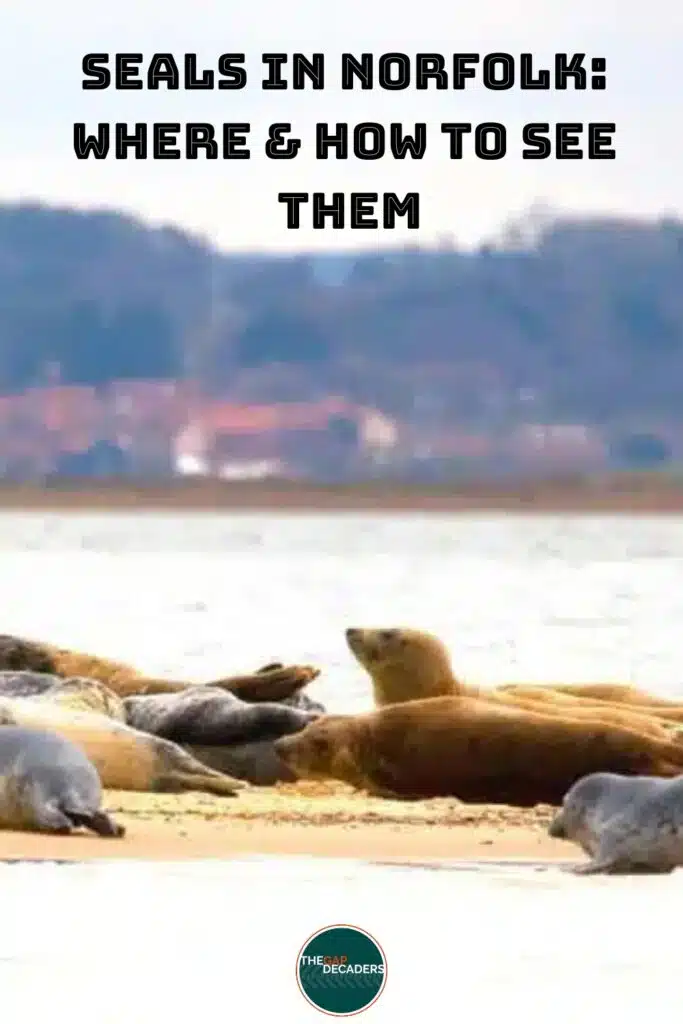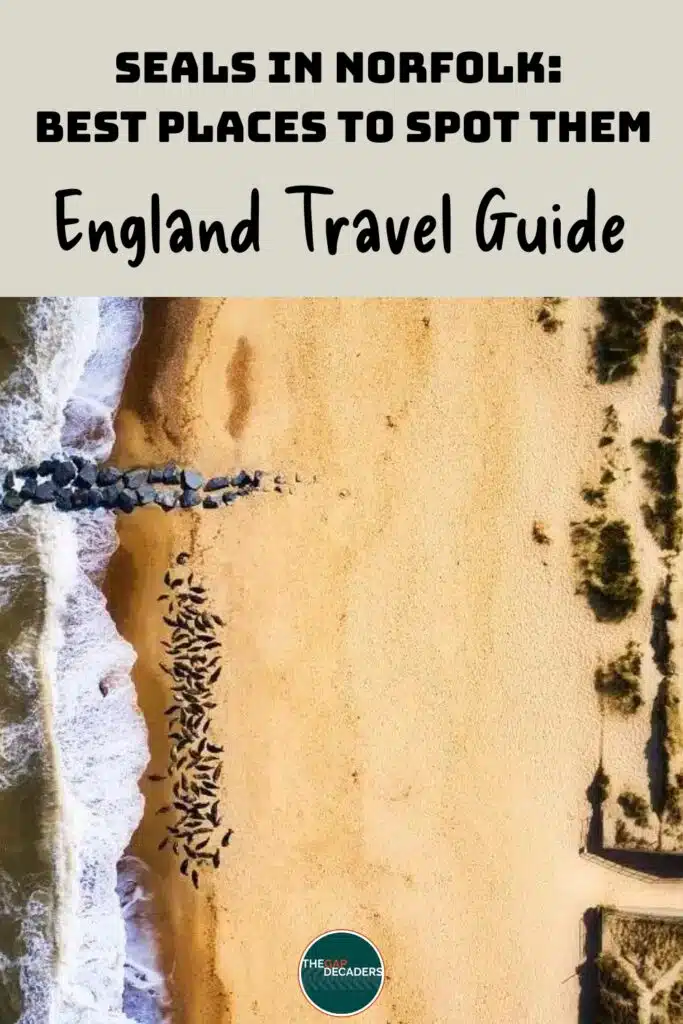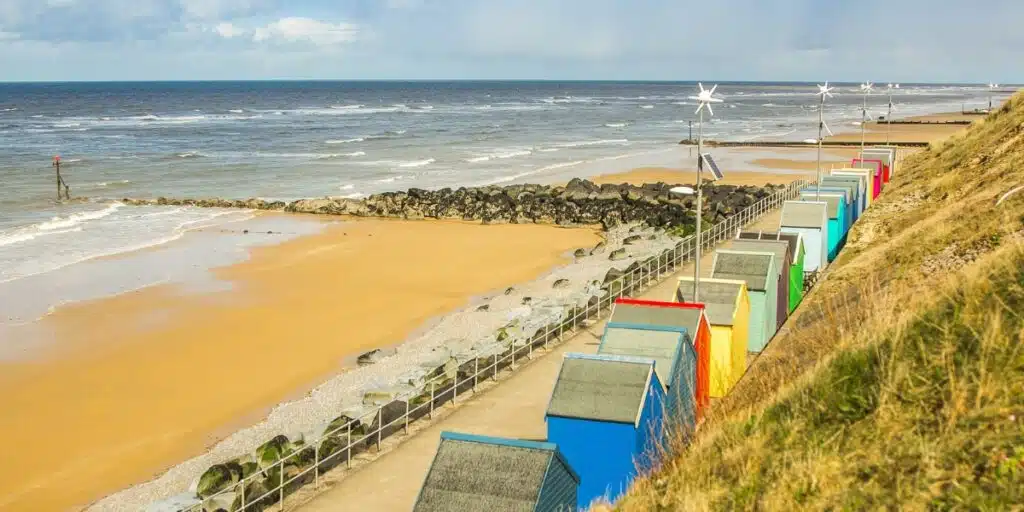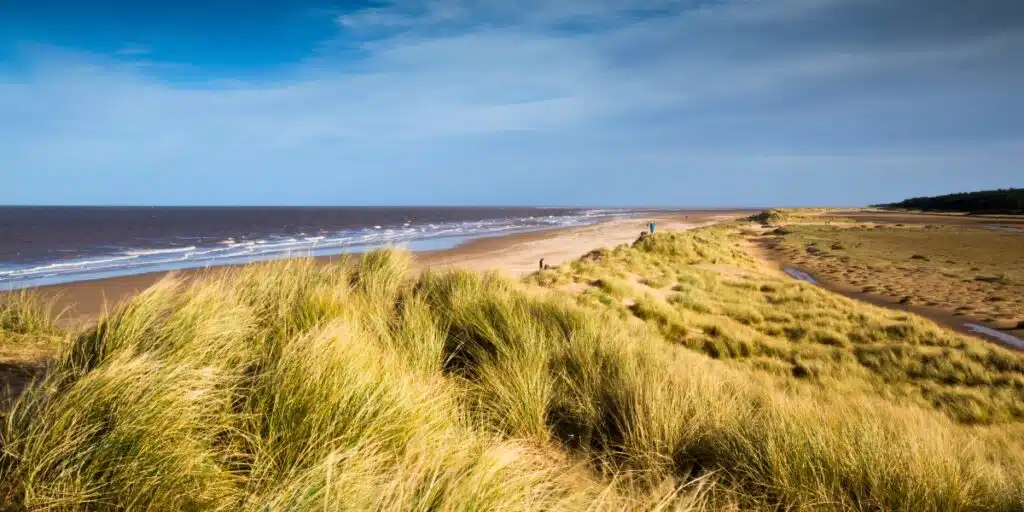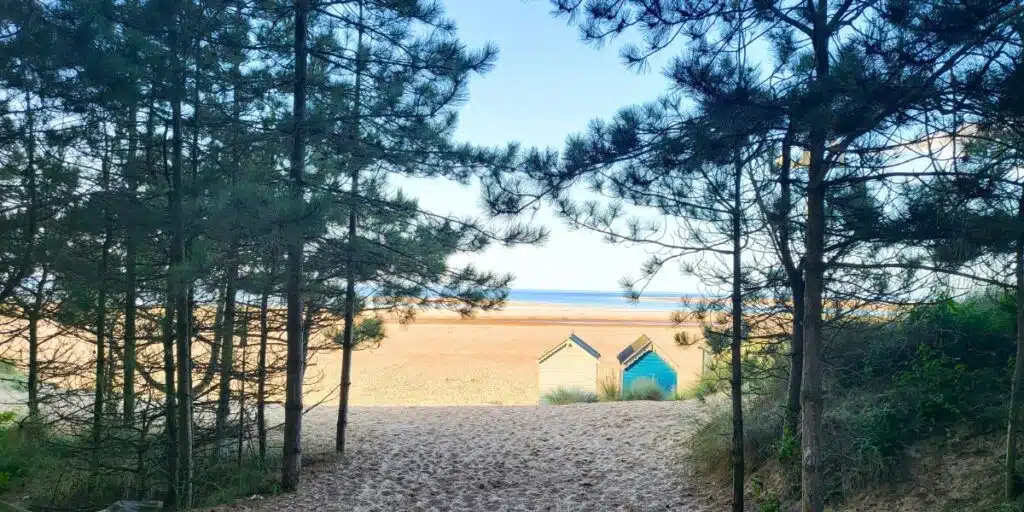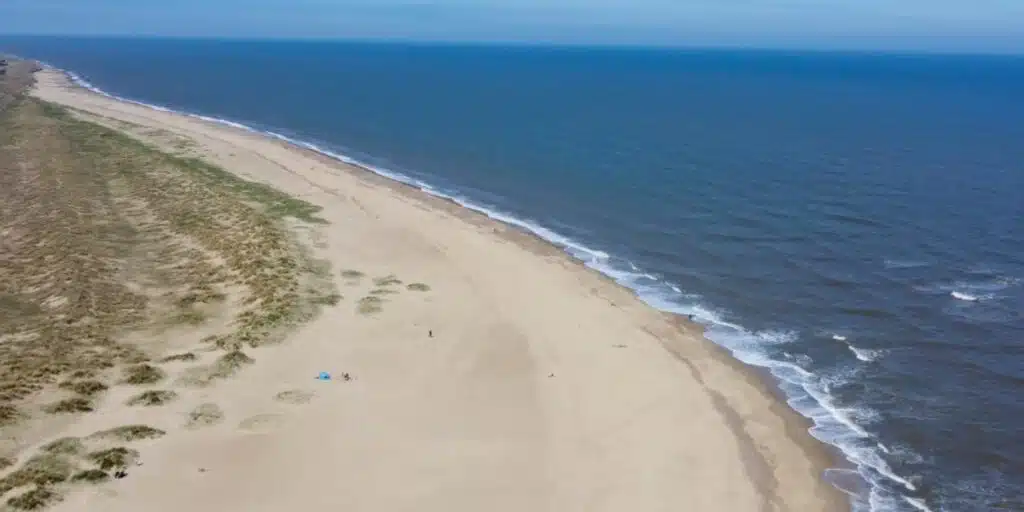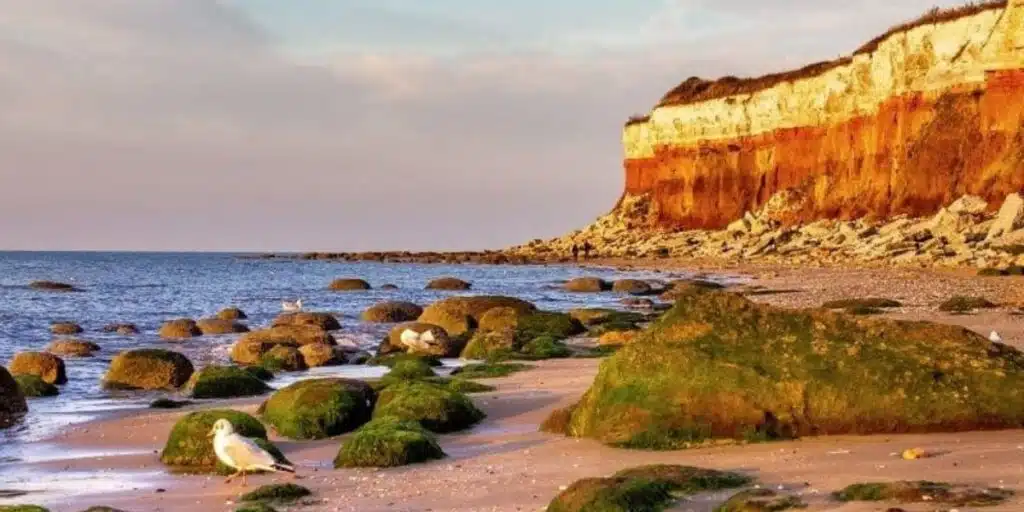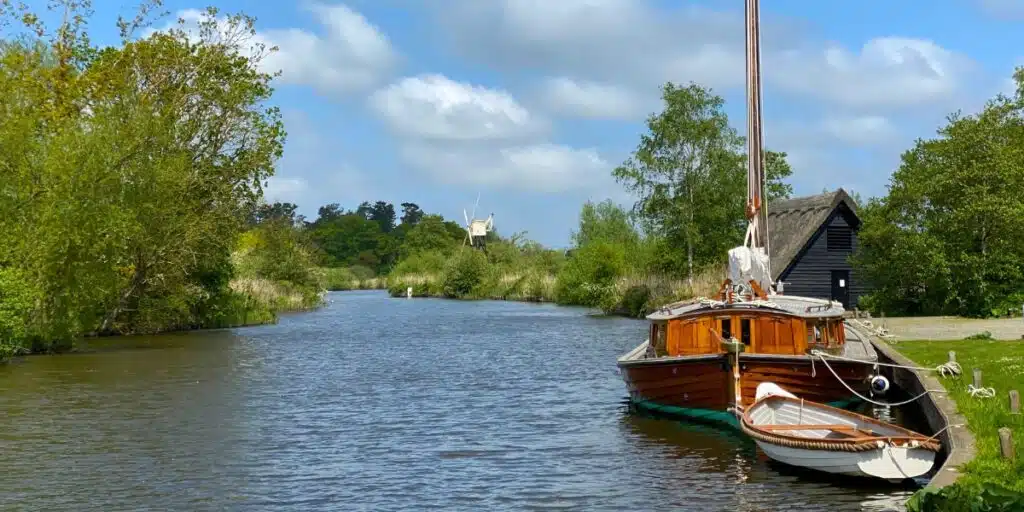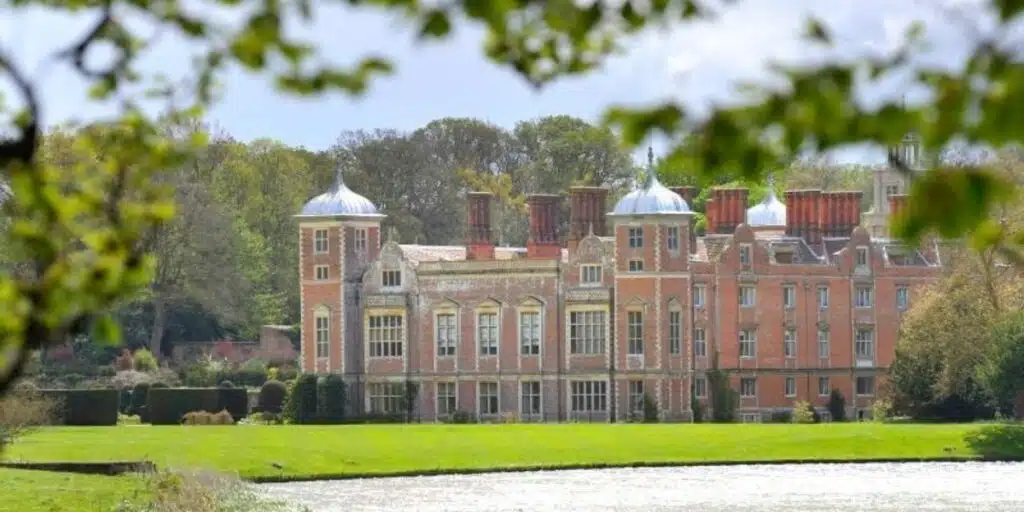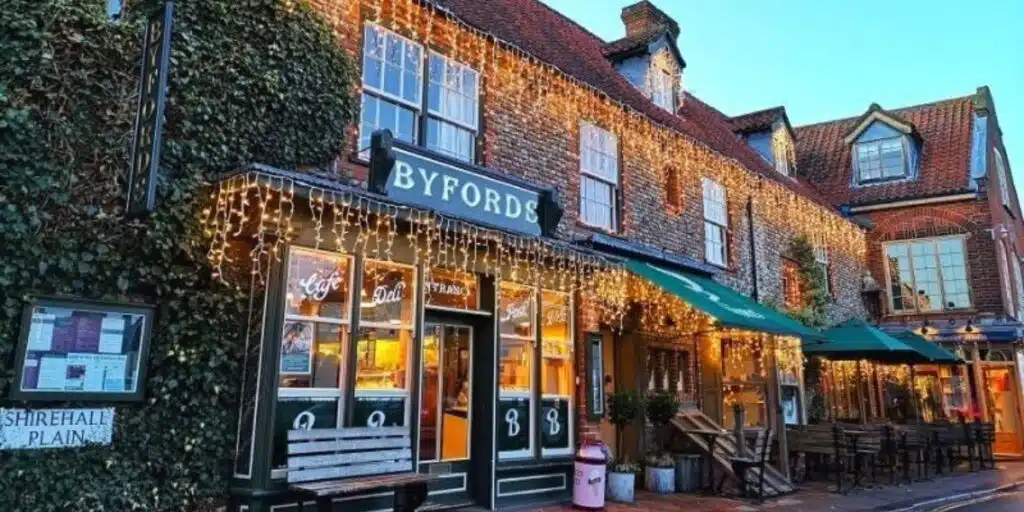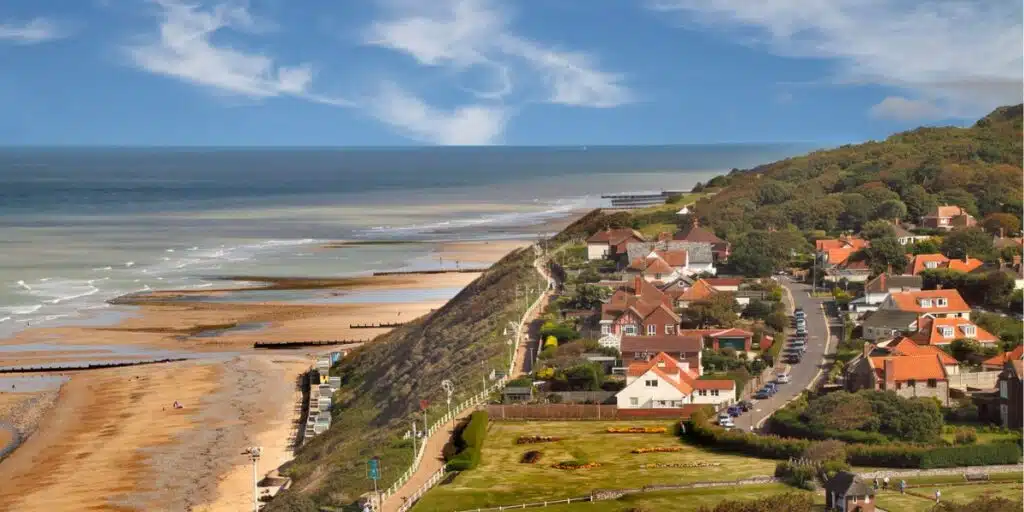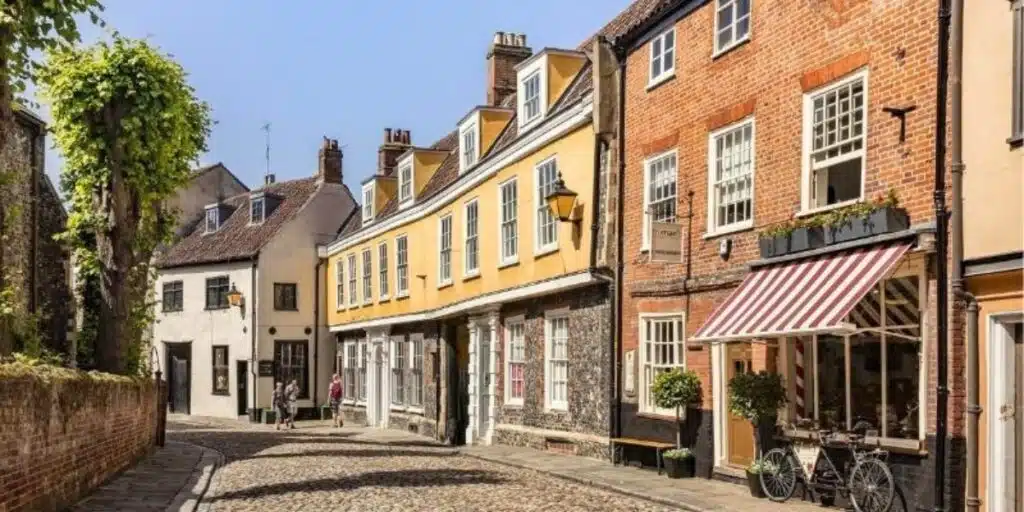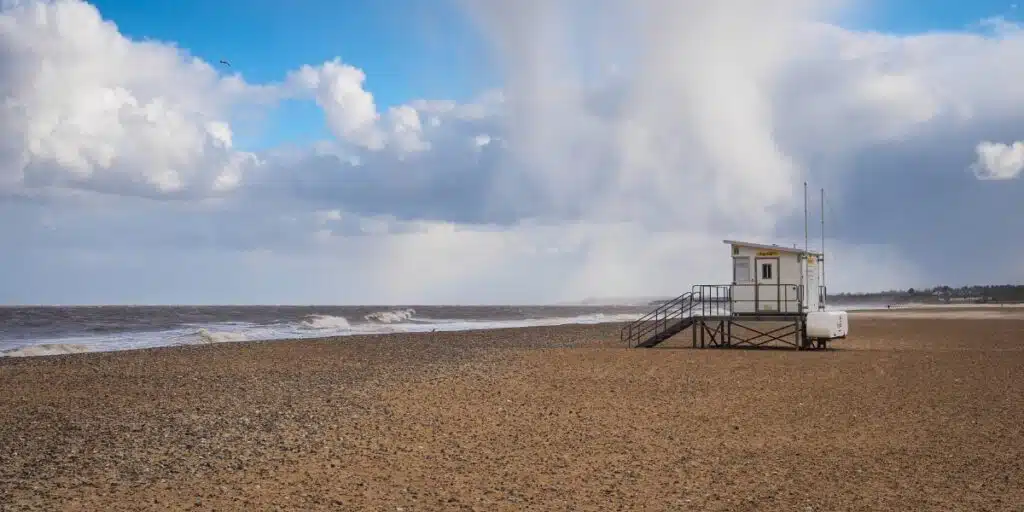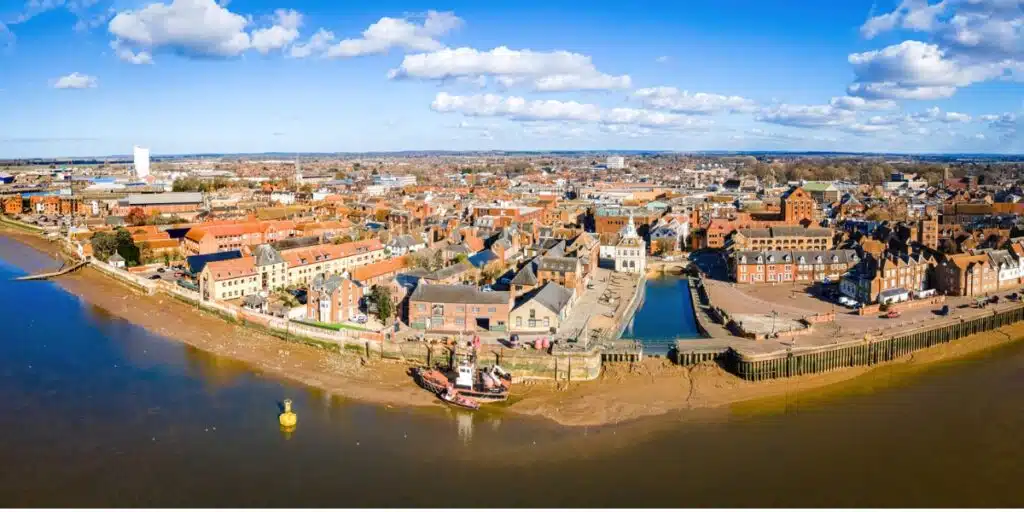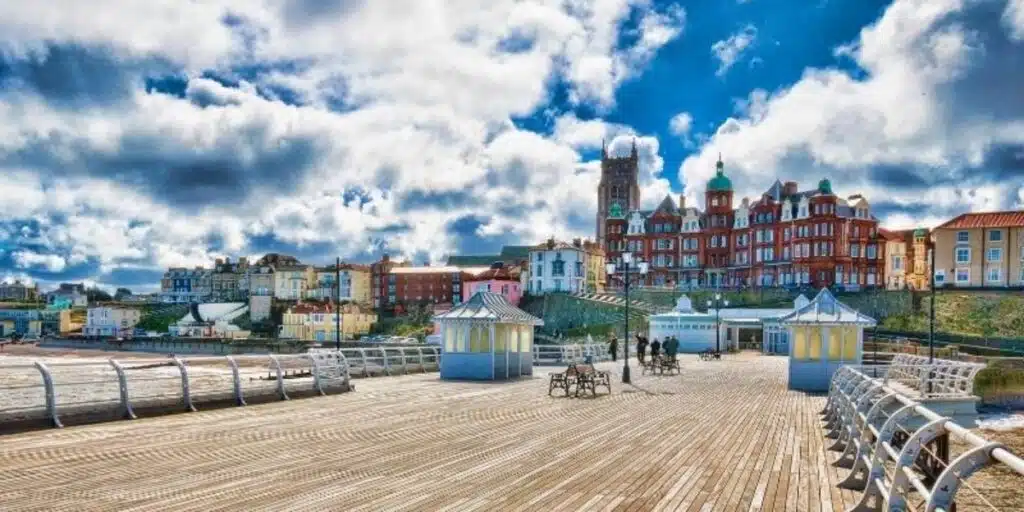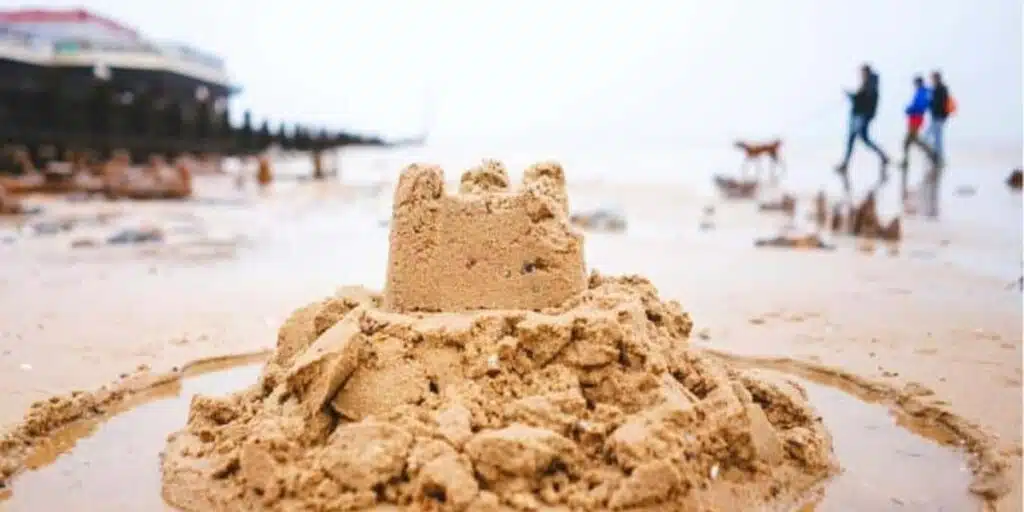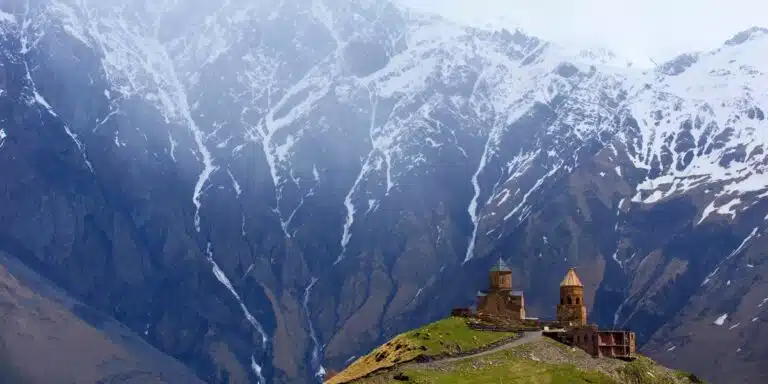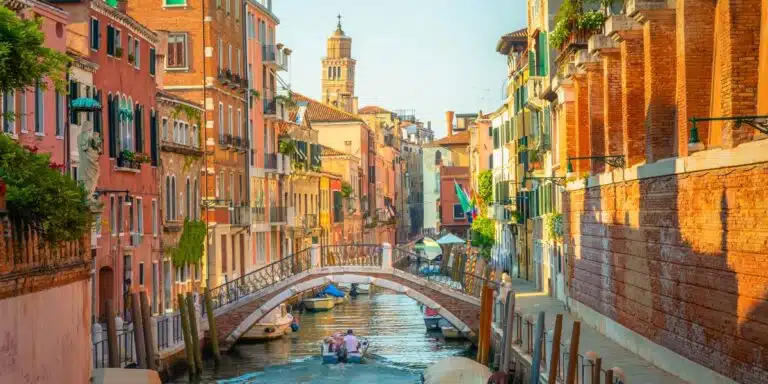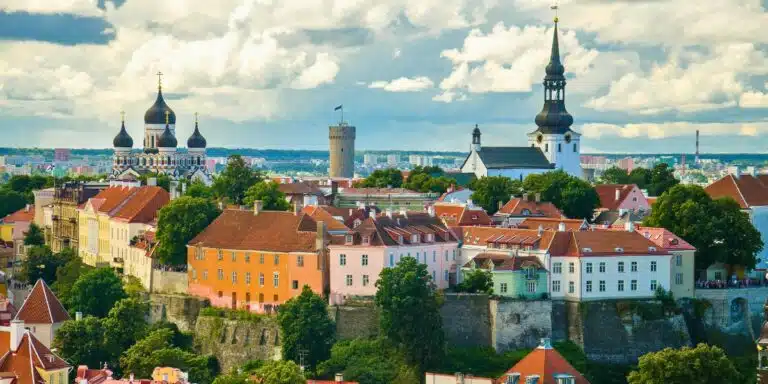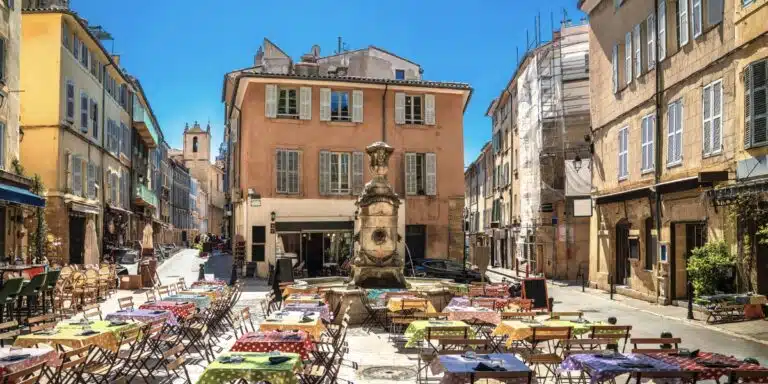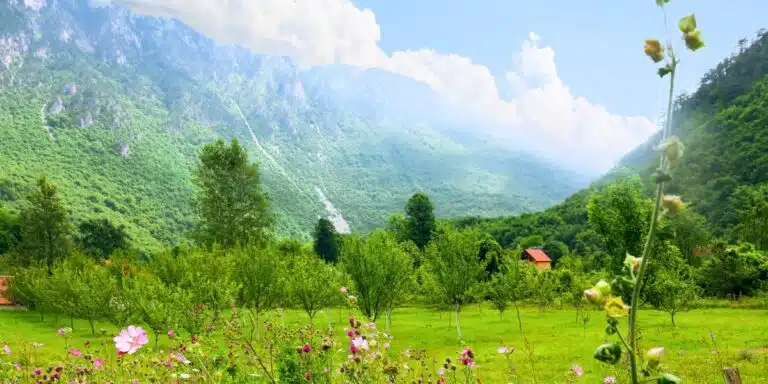This post may contain affiliate links, from which we earn an income. Click here to read our affiliate policy.
Top 8 places to see Norfolk’s seals
Did you know that Norfolk England has some of the largest common and grey seal colonies in the United Kingdom? Around half of the world’s grey seals live around the British Coast, and Norfolk is one of the best places to see these curious and charismatic marine mammals.
As a Norfolk local, I’ve become used to seeing nosy seals in the water as I walk along my favourite Norfolk beaches. They love to pop their heads up to check out what we humans are up to and will often follow for miles on a long walk!
If you’re planning a trip and wondering how and where to see seals in Norfolk, then we’ve got all the information you need on the best places to see seals in Norfolk, plus plenty of local’s tips that you won’t find in other guides, for an amazing Norfolk seal experience!
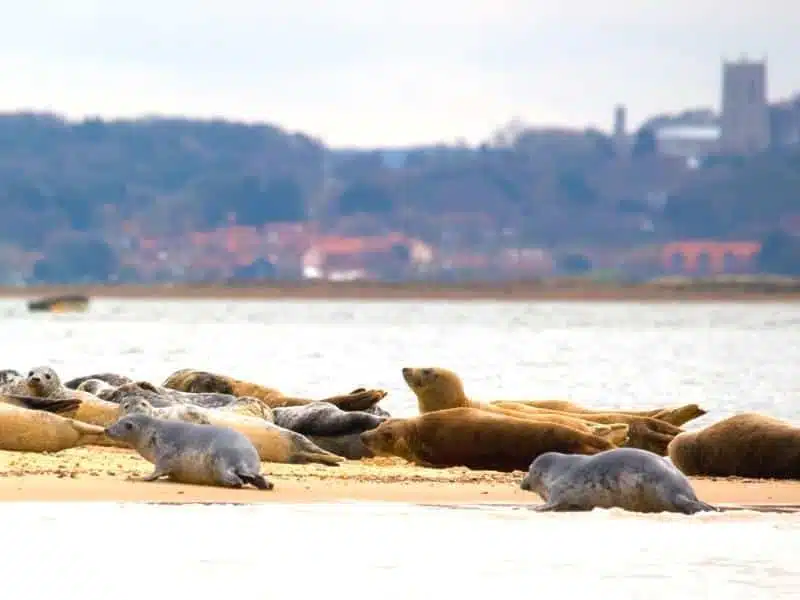
Norfolk Seal Facts
Grey seals and common harbour seals interact and cohabit outside of the mating and pupping seasons. You can tell them apart by the grey seals’ much larger size and head profile – the common seal’s head is concave and short, whereas the grey seal’s head is flat and elongated.
Seals spend much of their time at sea hunting for food. Between tides, they haul themselves out onto beaches around the North Norfolk coast, with Blakeney Point being the largest Norfolk colony.
Grey seals are gregarious at these haul-outs, and large groups of several hundred animals are not uncommon.
In winter, grey seals congregate at traditional land sites to breed and give birth. During this time, male grey seals come ashore to mate.
The largest males, usually more than ten years old, compete for a position within groups of breeding females. Occasionally males fight and may sustain deep scars on their necks as a result.
The timing of the breeding season varies around the coast – in Norfolk, grey seal pupping usually happens from late October to the end of January. In 2022, nearly 4,000 seal pups were born at Blakeney Point – an increase of 160% in 20 years! It is expected that this number will top 4,500 in the coming season.
Thanks to the Mammal Society for these seal facts.
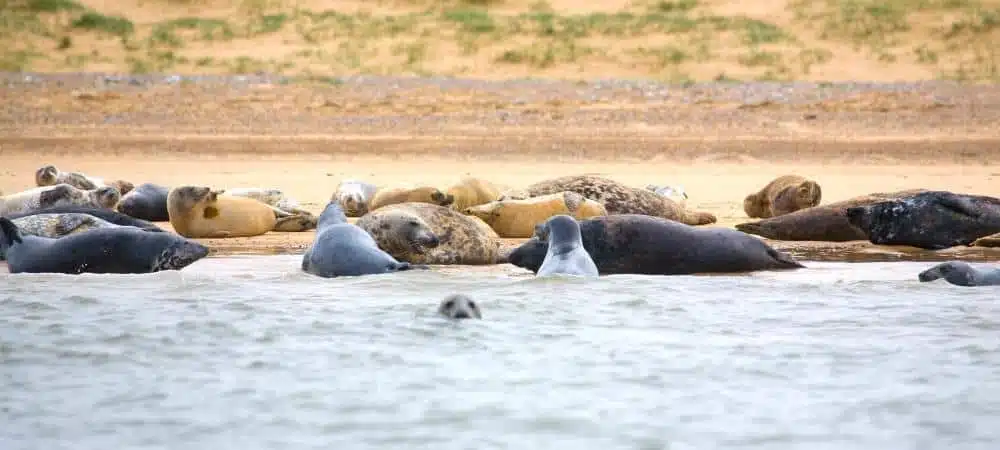
Is this your first time visiting the United Kingdom? Get all the information you need in our UK Travel Guide, including the best things to pack, the best time of year to go, getting there, and practical tips to help you have the best trip!
The Best Eight Places for Seal Watching in Norfolk
Blakeney Point
Blakeney Point Boat Trips
Blakeney Point in the National Trust Blakeney National Nature Reserve is home to England’s largest grey seal colony and many summer breeding birds. It is the best place to see seals in Norfolk. The easiest way to get up close to the wildlife on Blakeney Point is to book a boat trip.
Blakeney Point boat trips are a real highlight of any trip to the Norfolk coast and allow you to get up close to the seal colonies that live in Norfolk’s seas.
Trips depart from Blakeney Quay or Morston Quay regularly throughout the year, with more trips on offer in the summer months. Seeing the seals is one of the most popular things to do in Blakeney, and I strongly advise that you book your trip in advance, as the boats fill quickly and you may not get a seat on the day.
Beans Boat Trips is a family-run business that has been going strong in Norfolk for over 50 years. They run seal boat trips from Morston Quay throughout the year, twice daily during the summer months and on most days throughout the winter.
Bishop’s Boats have been sailing seal-watching boat trips from Blakeney Harbour and Morston Quay since the ’60s. This family-run business has two traditional purpose-built wooden boats and one smaller boat and runs trip multiple daily trips between April and October.
The traditional clinker-built ferry boat Ptarmigan sails from Morston Quay daily from April to September. In high season, the Ptarmigan sails up to three times a day.
Temples Seal Trips has been operating its distinctive red and white boats year-round from Morston Quay for well over 60 years. They offer daily boat trips and, in high season, sail up to three times a day.
What to Expect on Your Boat Trip to Blakeney Point
All the trips above last between one and two hours. They are on boats manned by a fully qualified crew, who can also explain the area’s geography and point out different bird and seal species. Some of the operators will land you on one of Blakeney Point’s beaches for a brief leg stretch.
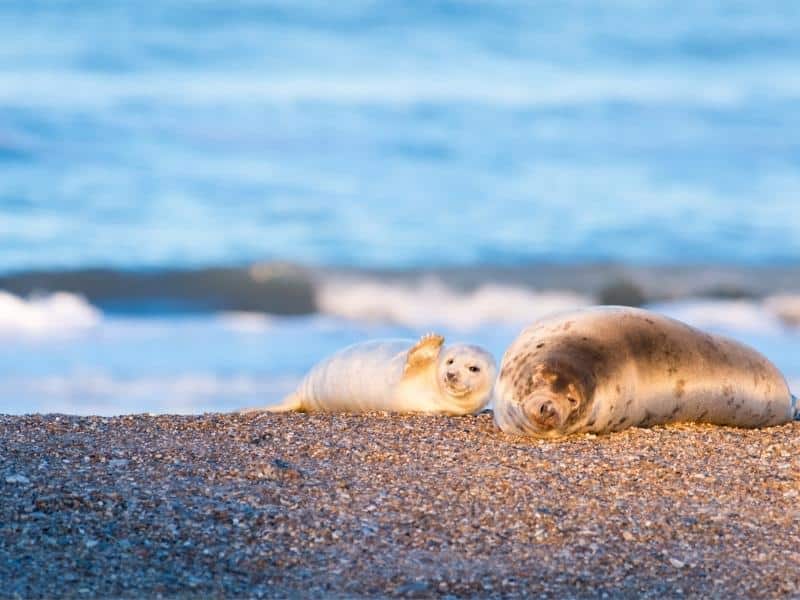
Hiking & Kayaking to Blakeney Point
It is possible to take a four-mile coastal walk out to the point (and it is a stunning walk), but you cannot get to the part of Blakeney Point where the seal colonies make their home, as this has protected status and is fenced off. It’s likely, though, that you’ll see seals in the water and on the beaches of this hike.
Alternatively, the creeks and waterways around Blakeney and Morston are ideal for kayak or paddle board exploration. Try starting from Morston Quay and following this circular route, and you may be lucky enough to spot a seal.
Experienced kayakers can paddle out to Blakeney Point. The best time of day is late afternoon, tide permitting, after the boat trips have gone and gone.
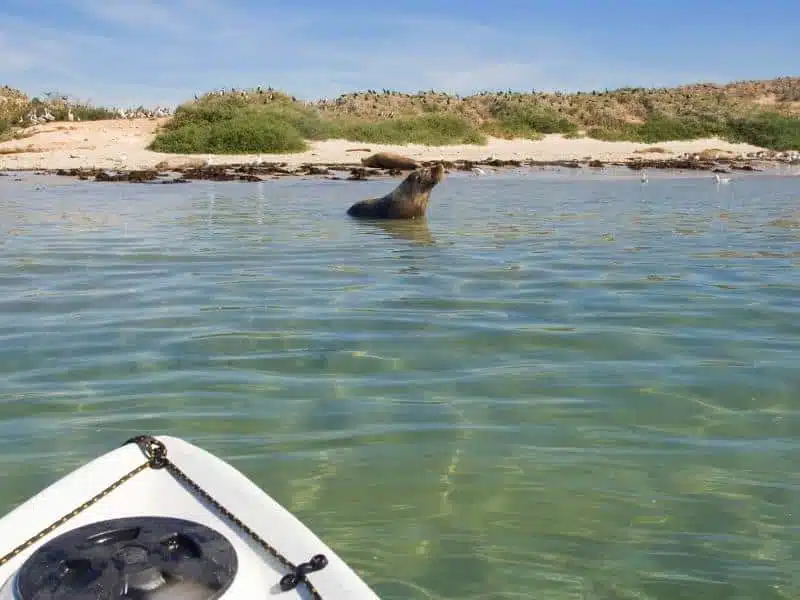
Horsey Gap
Horsey, where the Norfolk Broads meet the coast, is a remote and secluded location perfect for walking and bird watching throughout the seasons. Horsey Gap Beach is one of the best places in the country to see the annual spectacle of hundreds of female seals coming onto the beach to give birth and nurse their pups.
The sands are out of bounds during this time, but viewing platforms along the beach are easily accessed, so you can ooh and ahh at the Horsey Beach seals and their very cute seal pups!
The flat sands of Horsey Beach, shallow waters, and high dunes make it an ideal birthing destination for seals. In most winters, over 2,000 seal pups are born here. It’s incredible to see thousands of seals and their pups spread out across the sands as you walk over the dunes to the viewing platform.
You’ll see volunteer Wardens from Friends of Horsey Seals around during the breeding season and they are a great source of knowledge about the colony and seal behaviour and will answer all your questions.
Even if you’re visiting in summer, you’ll see seals bobbing along in the sea, popping up to have a gander when they know people are on the beach! Sometimes, you’ll see a few seals basking in the sun here. You must remain at least 10 metres from the seals and put your dog on a lead to avoid disturbing them.
The best option for visiting the seals is the Horsey Gap pay-and-display car park. When you arrive at the beach, you’ll need to walk ten minutes to reach the viewing areas.
Alternatively, there is an easy 1.5-mile Norfolk Broads walk from the iconic Horsey Windpump to Horsey Gap. The Horsey Windpump car park is owned by the National Trust, and parking there is free for members. You can also park at the Nelson Head car park in the village, pop in and let them know you’re there, and then have a drink or lunch after your walk.
Winterton-on-Sea Beach
Winterton on Sea is home to Winterton Beach, a cracking three-mile stretch of sandy beach east of Norwich. It is backed by the Winterton Dunes National Nature Reserve and some of the finest sand dunes in Norfolk.
You can see the Winterton seals swimming all along the beach here year-round. They pop up their heads to check out what’s happening on the beach and follow you, especially if you’re walking with a dog!
In winter, around late October to early January, cow seals come to Winterton Beach to have their pups. You are asked not to walk on the beach from November to late January or early February (depending on the year) to prevent the seals from being disturbed, but you can see the seals and their pups from the dunes and roped-off viewing areas behind Winterton Beach.
There is a clifftop car park at Winterton Beach, but this area is regularly battered by North Sea storms and suffers from severe erosion, so the car park may have to move inland at some point soon.
RELATED POST: Things to Do in Norfolk: 37 of the Very Best Attractions
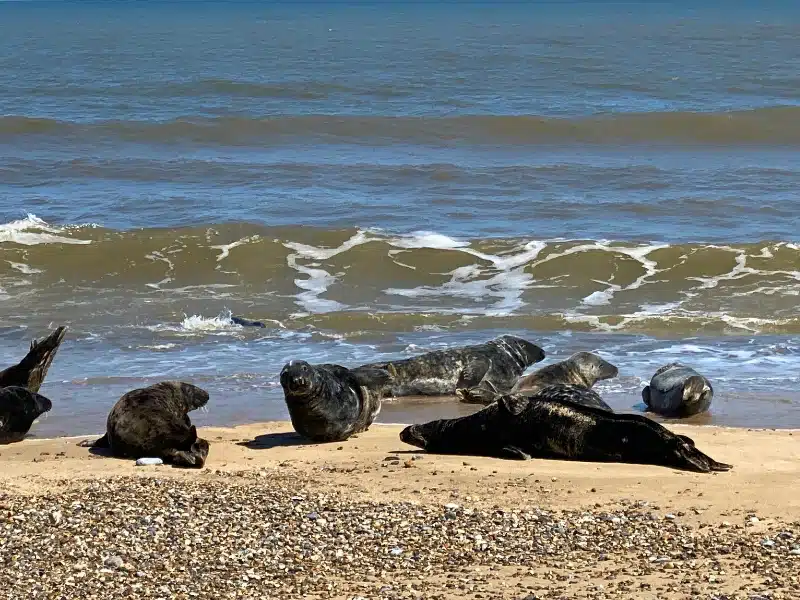
Waxham Beach
The relatively undiscovered Waxham Beach is delightfully off the beaten track and just down the road from the impossibly small village of Waxham. It is really just a crumbling church, a farm, and the historic Waxham Great Barn, home to the excellent Dunes Cafe.
This peaceful stretch of coast is within the Norfolk Coast Area of Outstanding Natural Beauty. Like its near neighbour, Horsey Beach, Waxham Beach is a great spot for seal spotting in small numbers throughout the year.
In the summer, seals have been known to investigate swimmers and surfers in these waters. The seals won’t harm you when you’re swimming; they’re just curious.
In the winter, you may find a few seals coming onto shore to give birth, but you won’t see the large numbers that are such a spectacle at other spots. If you want to see seals and their pups en masse, head for Horsey or Blakeney Point instead.
There isn’t any designated parking for the beach, but parking is allowed along the verges of Church Road, which encircles the small village.
RELATED POST: Best of the North Norfolk Coast: 20 Unmissable Highlights
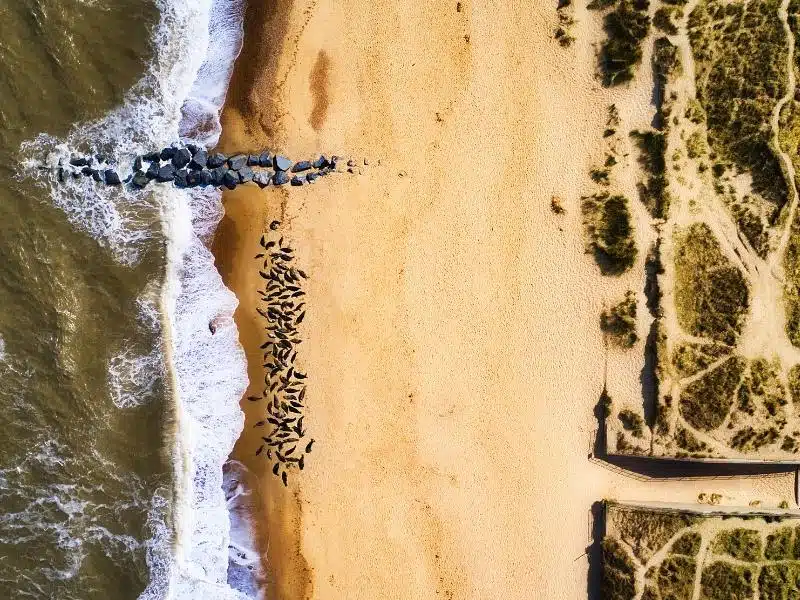
More Norfolk Travel Ideas
Brancaster Beach
Brancaster Beach in summer can be a good spot to see small groups of seals in the water as they swim west along the coast from Blakeney in search of food. If you’re swimming here, you may well have a visit from a curious seal popping up to check you out.
You’re unlikely to see a seal on the beach at Brancaster, generally speaking; they tend not to come ashore here as there is no established colony or breeding ground.
The road to Brancaster Beach can flood at high tide, and it’s usually too deep for cars to pass. Use the Tide Times website to check for the best time to visit.
There is a car park that can fill quickly in summer, so get to the beach early!
RELATED POST: Norfolk England Beaches: Ultimate A-Z Guide
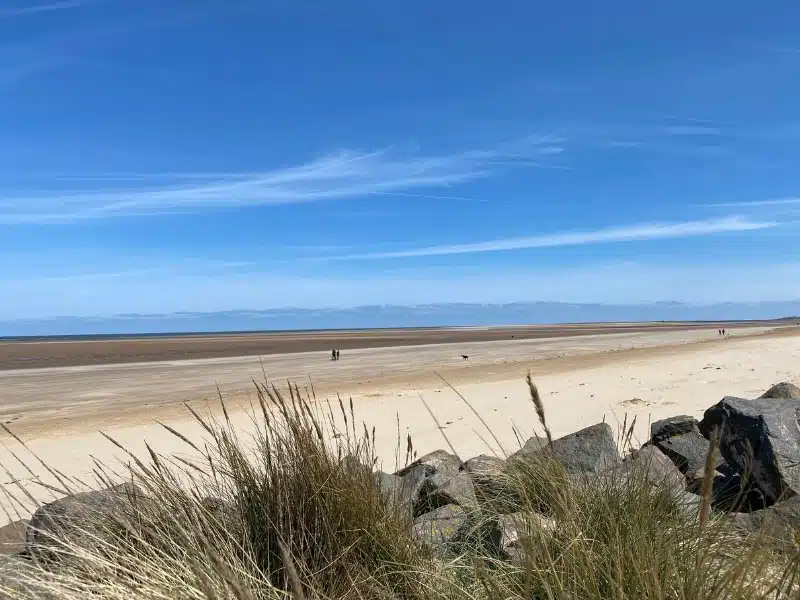
The Wash
You can take a seal safari boat tour to see the Hunstanton seals in the Wash, home to a group of over 3,000 common seals, the largest colony in the UK and possibly the world. The area has a vast expanse of shallow tidal sandbanks and is fed by four large tributaries, creating the ideal environment for seals to thrive.
Jump aboard the famous Hunstanton Wash Monster, an amphibious vessel that departs from Hunstanton’s Central Promenade. This is a truly fascinating and fun way to discover the local seal population. You’ll also learn about local history and fascinating legends from around the Wash.
Award-winning Searles Sea Tours offers seal safari tours in Wizzy the Wash Monster daily between April and October. These trips must be pre-booked. Common seals breed and give birth between June and August, so you may get lucky on a summer trip and see the pups on local sandbanks during your boat trip.
RELATED POST: 18 Best Norfolk Seaside Towns To Fall In Love With!
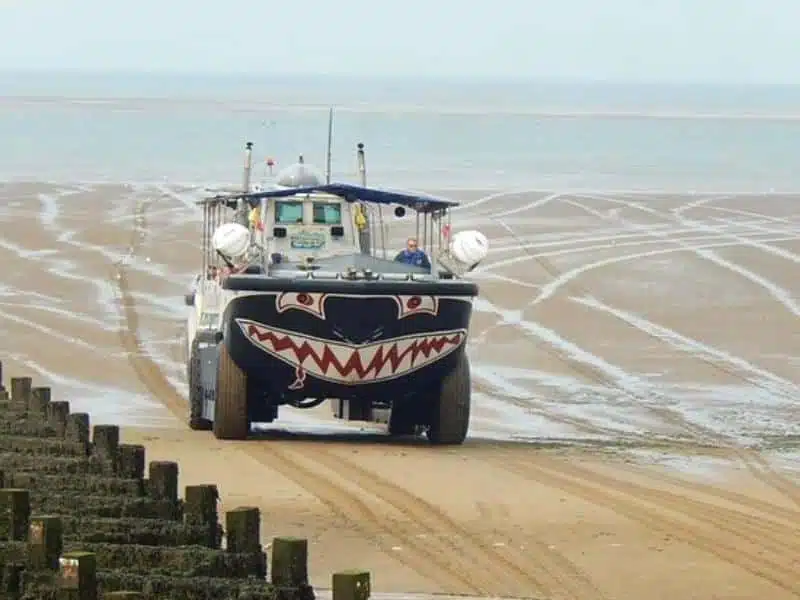
Scroby Sands
Scroby Sands is located just over a mile offshore from Great Yarmouth and Gorleston-on-Sea. It is most famous for its 30 wind turbines that generate 60 megawatts of electricity, enough to power 41,000 homes.
Scroby Sandbank was once responsible for many shipwrecks, but it is now home to a colony of grey seals. You can see both seals and wind turbines up close when you take a two-hour RIB trip with Jet Adventures, departing from Lowestoft.
There are many seals to see on this trip. They’ll be on the sandbank en masse at low water, and at high water, they’ll surround the boat and bob about in the water.
RELATED POST: 24 of the Best Things To Do in Great Yarmouth
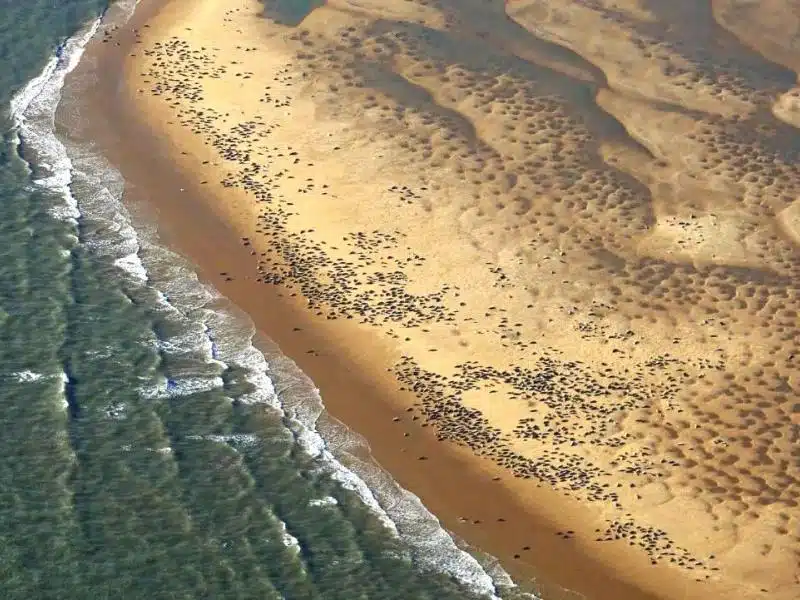
SEALIFE Hunstanton
The SEA LIFE sanctuary and aquarium are next to the fairground on the South Promenade in Hunstanton. A really popular family attraction, this SEA LIFE centre is a bit different as it’s also home to Norfolk’s Seal Rescue Centre and Hospital.
Based in Hunstanton, because of the large population of grey and common seals along the nearby North Norfolk coast, the seal hospital cares for injured and vulnerable seals and seal pups until they can be released back into the wild.
RELATED POST: Best Things to Do in Hunstanton Norfolk: 25 Top Attractions
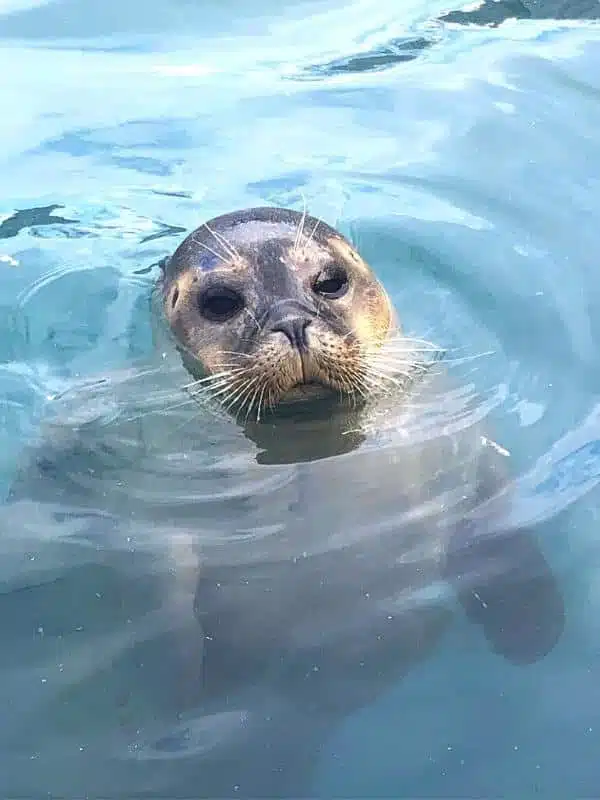
Do’s & Don’ts of Norfolk Seal Watching
Thanks to the Friends of Horsey Seals for these seal guidelines.
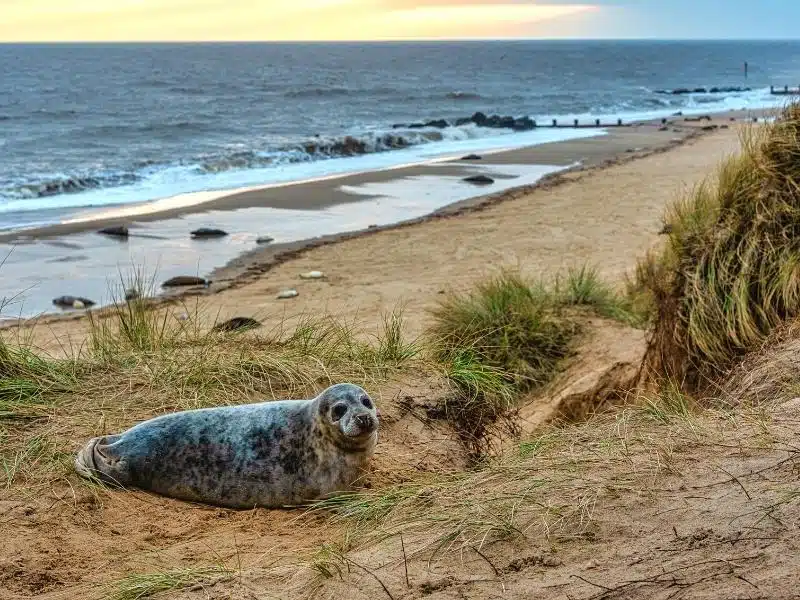
Looking for more destination ideas? Check out these top posts…
Is Georgia a Safe Country? A Comprehensive Guide for Adventurous Travelers
Best Places to Visit in Italy for an Unforgettable Experience
Tallinn in One Day: Best Itinerary, Guide, Map & Tips
Best Things to Do in Aix-en-Provence: Top Attractions & Hidden Gems
The Best of Rome in 36 Hours: Ultimate Itinerary + Map
Durmitor National Park: Explore Montenegro’s Top Natural Wonder
Love it? Pin it!
